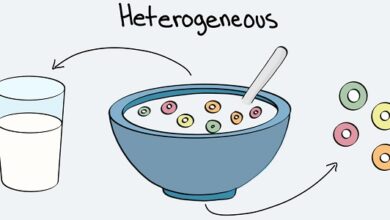What is Morphosyntax definition/concept
This term is part of the combination of two words of Greek origin, in which “morph” means form and “syntax” means order. In this way, morphosyntax refers to the study of words and their different parts in a sentence as a whole. Morphosyntax
Morphosyntax is part of linguistics and is the area that focuses on the set of elements and rules integrated in clauses.
Morphosyntax analysis of a simple sentence
Any sentence – whether simple or compound – can be analyzed morphologically or syntactically. In its morphological dimension, it studies each of its elements. Thus, in the simple sentence “Luis explained the story to his uncle” the following elements are presented: Luis is a noun; explained is a verb; o is an article ; report is a noun; ao is a preposition; your is a pronoun and uncle is another noun. Syntactically analyzing the same sentence: the verb explained is the nucleus of the predicate; Luis is the core of the subject; the report is the direct object and to your uncle the indirect object. With these two examples, we show the morphosyntactic analysis of a simple clause. Morphosyntax
Morphosyntax studies the forms and functions of words
Each word has a particular shape or morphology. For example, in the prayer “Girls study with their friends” the articles, nouns and the verb of the prayer are in the plural. At the same time, the words and their combinations have specific functions ( function of the subject, predicate, complement, etc.). Morphosyntax
When talking about morphology, it should be noted that there are eight different categories of words: nouns, adjectives, verbs, adverbs, prepositions, conjunctions, articles and pronouns. If we refer to syntax, it is a question of analyzing the role played by each of the categories of words, that is, what each one is for.
Other Grammar Categories
In addition to morphology and syntax, grammar has other categories such as semantics , phonetics , phonology or spelling. Semantics studies the meaning of words and their relationships (for example, synonymy, antonymy, and polysemy). Phonetics studies the sound of words, while phonology deals with the sound system of each language (for example, Spanish has five vowel phonemes and 19 consonant phonemes). Lastly, spelling is focused on the rules that govern writing. Morphosyntax

